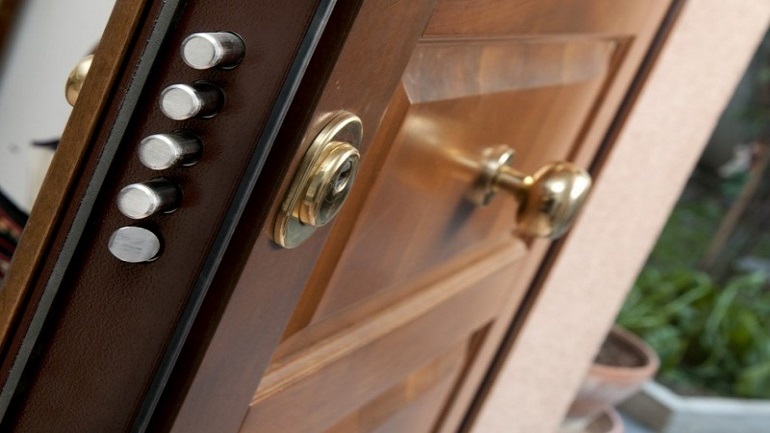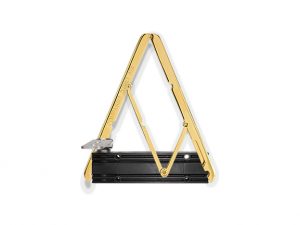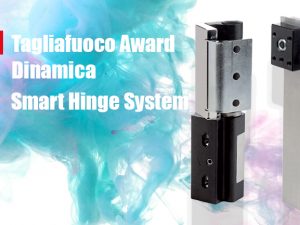
Hinges for burglary doors
What requirements should burglary doors have? Are there any regulations? Here is a brief analysis to properly choose those hinges.
Burglary doors
Burglary doors (or anti-burglary) require targeted design choices and a component selection capable of ensuring perfect operation of the door and strong resistance to any attempt of burglary. Let’s see how the legal regulations guide us in the correct choice of hinges for this type of doors.
Standard regulations
Door hinges are regulated by UNI EN 1935 “Building hardware – Single-axis hinges” and these standards are referred to by the CE certification of the product.
Within this standard there is an appendix focused on the selection of hinges for anti-burglary doors, namely “Appendix C – Hinges to be used on anti-burglary doors”. Let’s go through the requirements from this appendix:
C.1: The hinges to be used on anti-burglary doors must comply with the requirements highlighted in sections 4 and 8 of this standard and the applicable requirements range from C.2 to C.4.
Section 4 of the standard refers to the text string that identifies the classification of the hinge characteristics. In particular, the 7th digit of this string must be “1”: suitable for anti-burglary doors.
Section 8 of the standard emphasizes that the hinge packaging must clearly show the hinge classification string, and so immediately make sure that the 7th digit is “1”: suitable for anti-burglary doors.
C.2: The hinges must comply with some requirements based on the degree of intensive usage 12-13 or 14 as specified in section 4.2 of the standard. Section 4.2 identifies the classification of degrees of hinge usage: hinges used on anti-burglary doors must be suitable for “heavy duty” which means a value of “4” in the first digit of the hinge identification string. When further strength is required to withstand more aggressive burglary attempts, a value of 13 to 14 is required. Here’s an example of a hinge identification string for anti-burglary doors:
|
4 |
7 | 7 |
1 |
1 |
4 |
1 |
14 |
C.3: The hinge elements must not be accessible from the outside of the door when the hinge is installed according to the manufacturer’s recommendations.
C.4: Hinges used on anti-burglary doors with opening to the outside must allow their hinge pin to be removed only when the door is open.
Of course we are talking about CE certified hinges which abide to the legal regulations and are tested according to the recommendations of the product certification (periodic inspection of production by an accredited independent organisation).
Security and design
Anti burglary doors are also being applied to the interiors of houses, where for example a “panic room” can be set up. In this case, in addition to the functional characteristics, aesthetic aspects of the closing system must also be taken into account. In aid to the interior design realizations, concealed hinges are also available and provide all the typical characteristics of hinges for anti-burglary doors.
Have you identified the right hinges for your door?
Do you know “Dinamica” System? Find it out HERE!







